If you’ve ever found yourself in a hardware store, chances are you’ve seen a dizzying array of screws with various head types. Each of these screws serves a unique purpose, and choosing the right one is essential for a successful project. In this article, we’ll explore the most common types of screw heads, their advantages and disadvantages, and where you should use them.
Here we’ll briefly discuss why screw head types are important and what readers can expect to learn from the article.
Table of Contents
Flat Head Screws
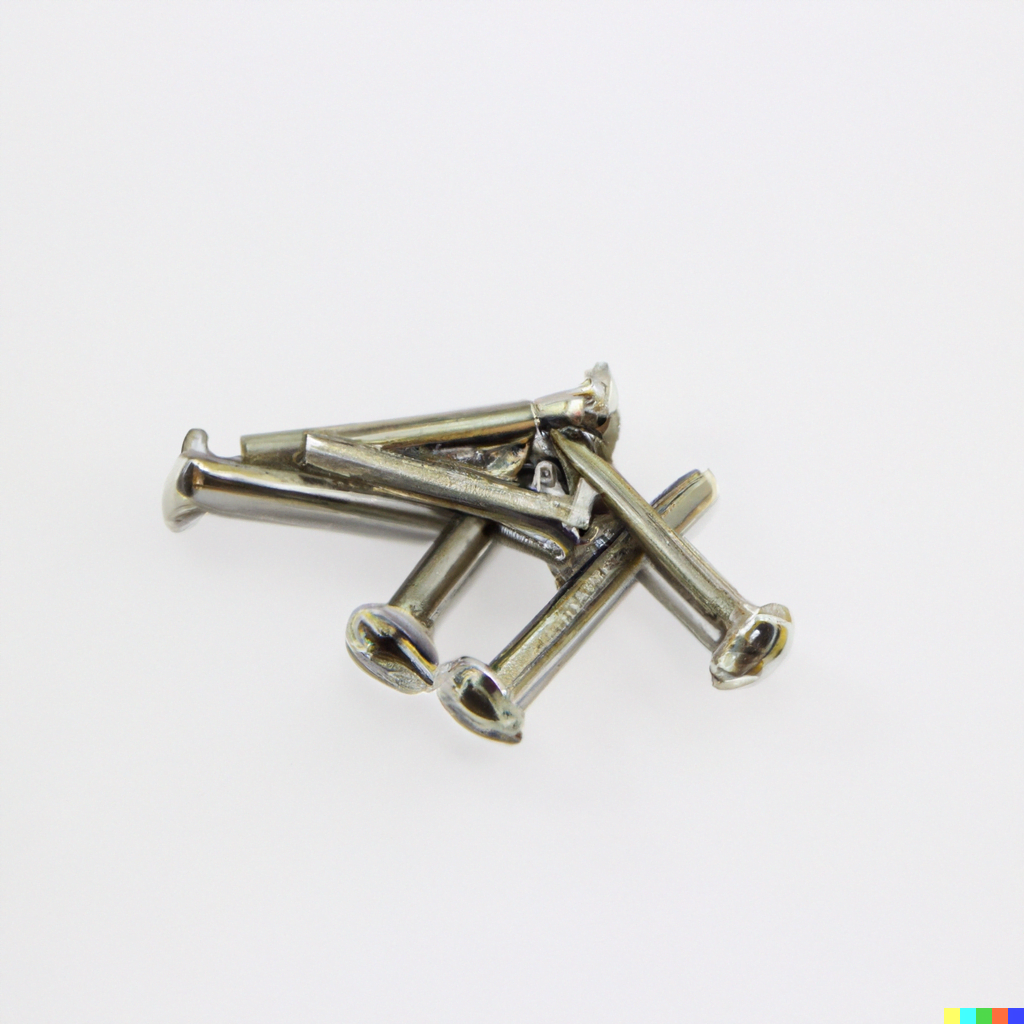
Flat head screws, also known as countersunk screws, have a flat head that sits flush with the surface of the material. They are commonly used for woodworking and other applications where a smooth finish is desired.
You may want to read also about how to measure screw size.
Round Head Screws
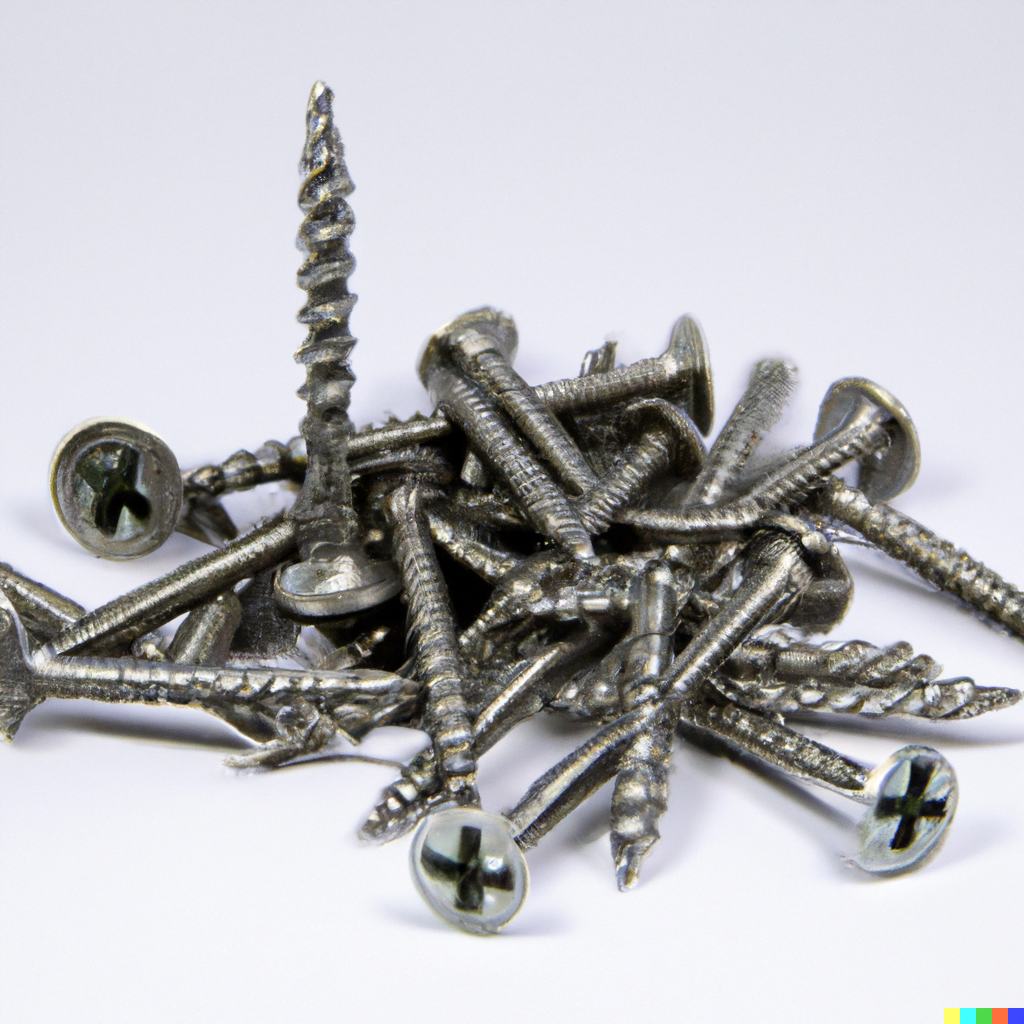
Round head screws have a rounded top and are often used in furniture assembly, as they provide a decorative finish. They are also popular in construction for applications where a flush finish is not required.
Pan Head Screws
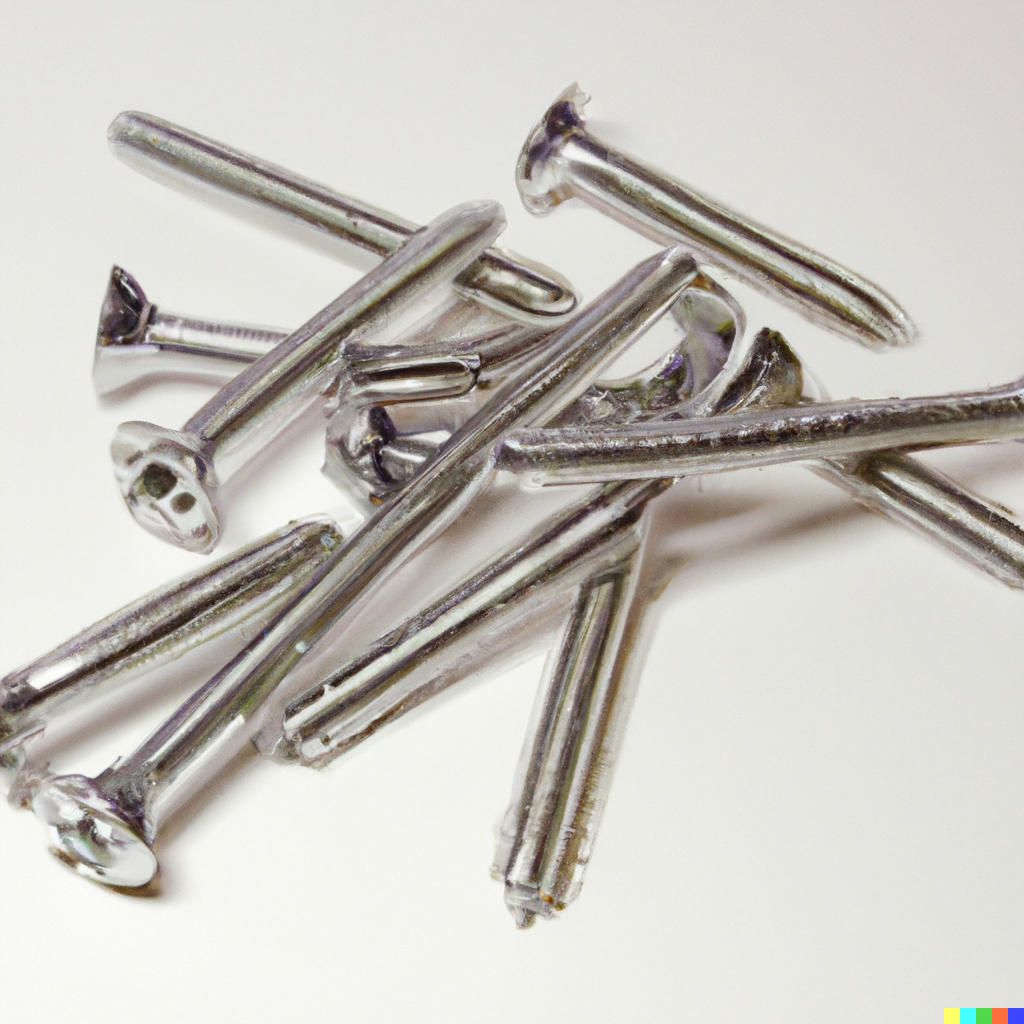
Pan head screws have a rounded top and a flat base. They are commonly used in electrical applications, as the flat base provides a larger surface area for attaching wires.
Truss Head Screws
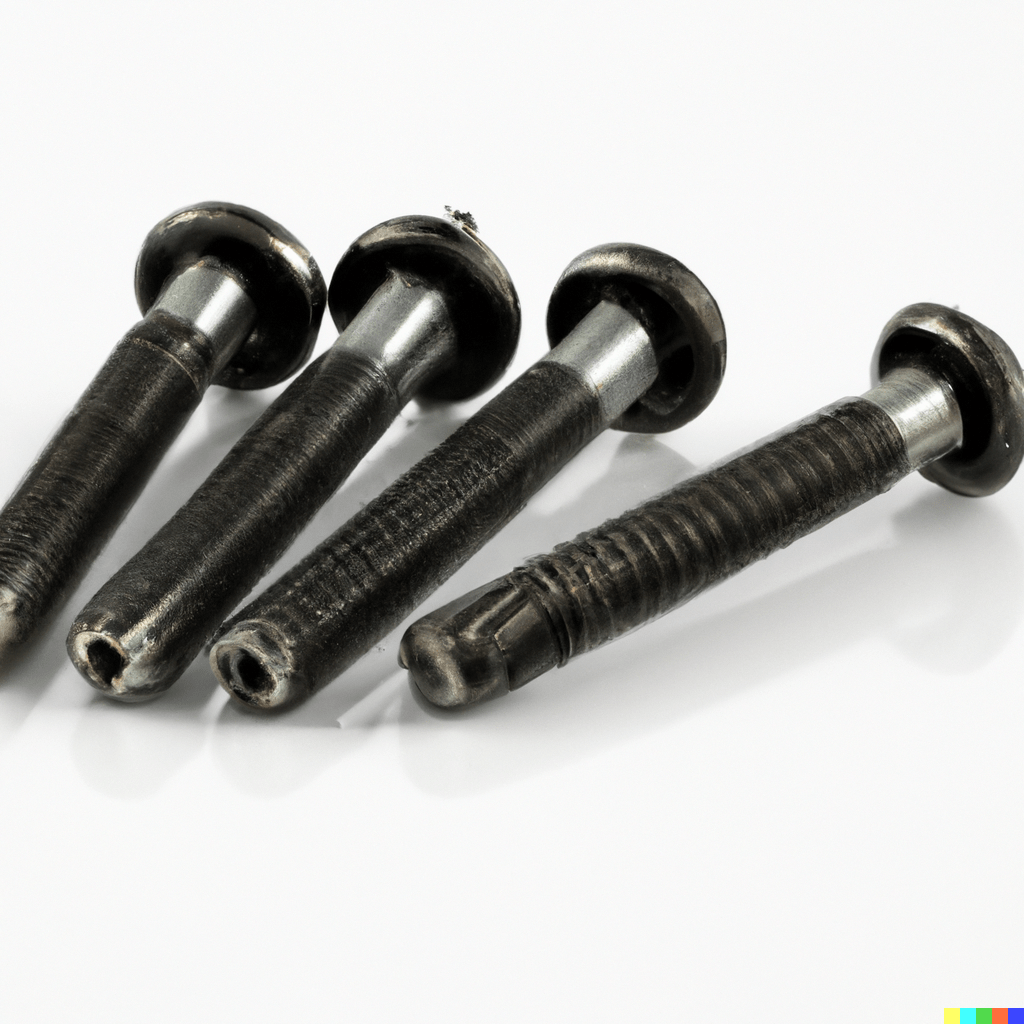
Truss head screws have a low profile and a wide head that provides a larger bearing surface. They are ideal for applications where a high degree of clamping force is required.
Oval Head Screws
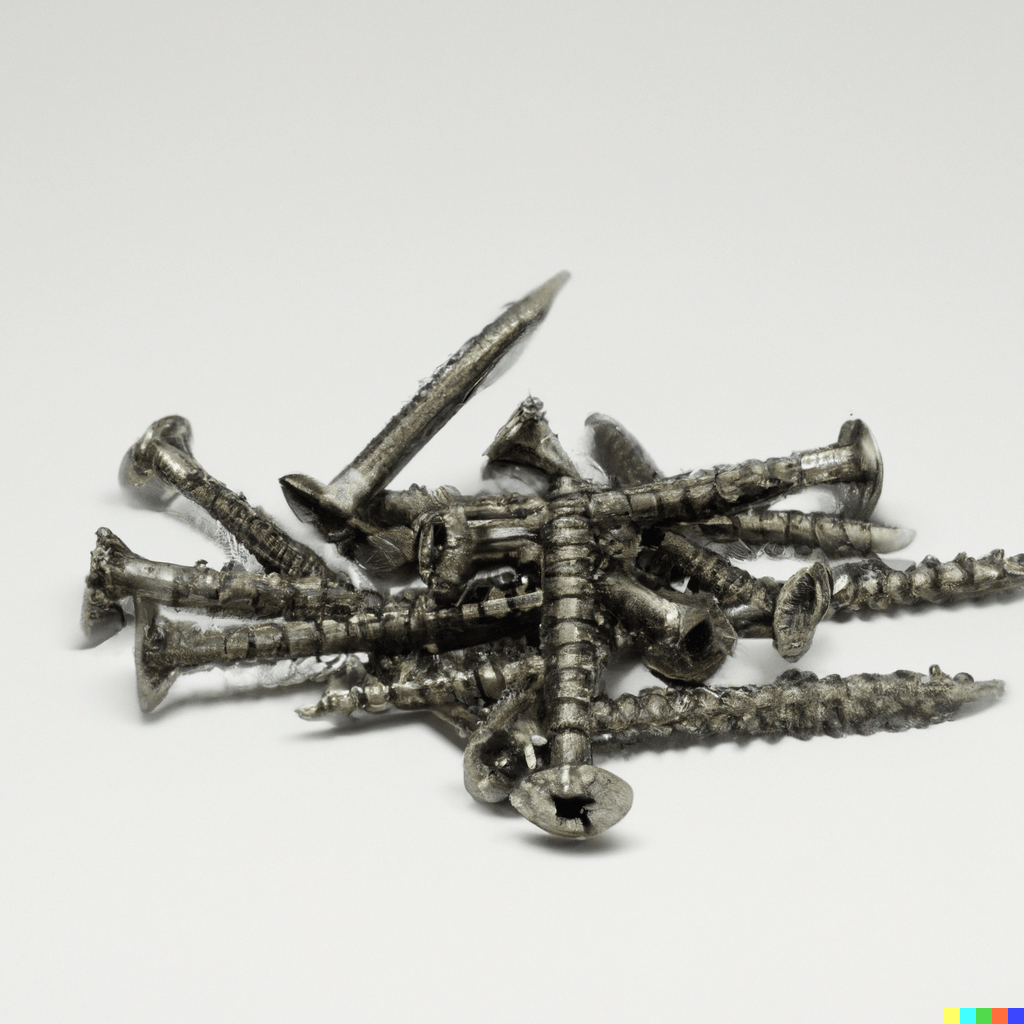
Oval head screws have an oval-shaped top and are often used in applications where a decorative finish is required. They are commonly used in woodworking and furniture assembly.
Hex Head Screws
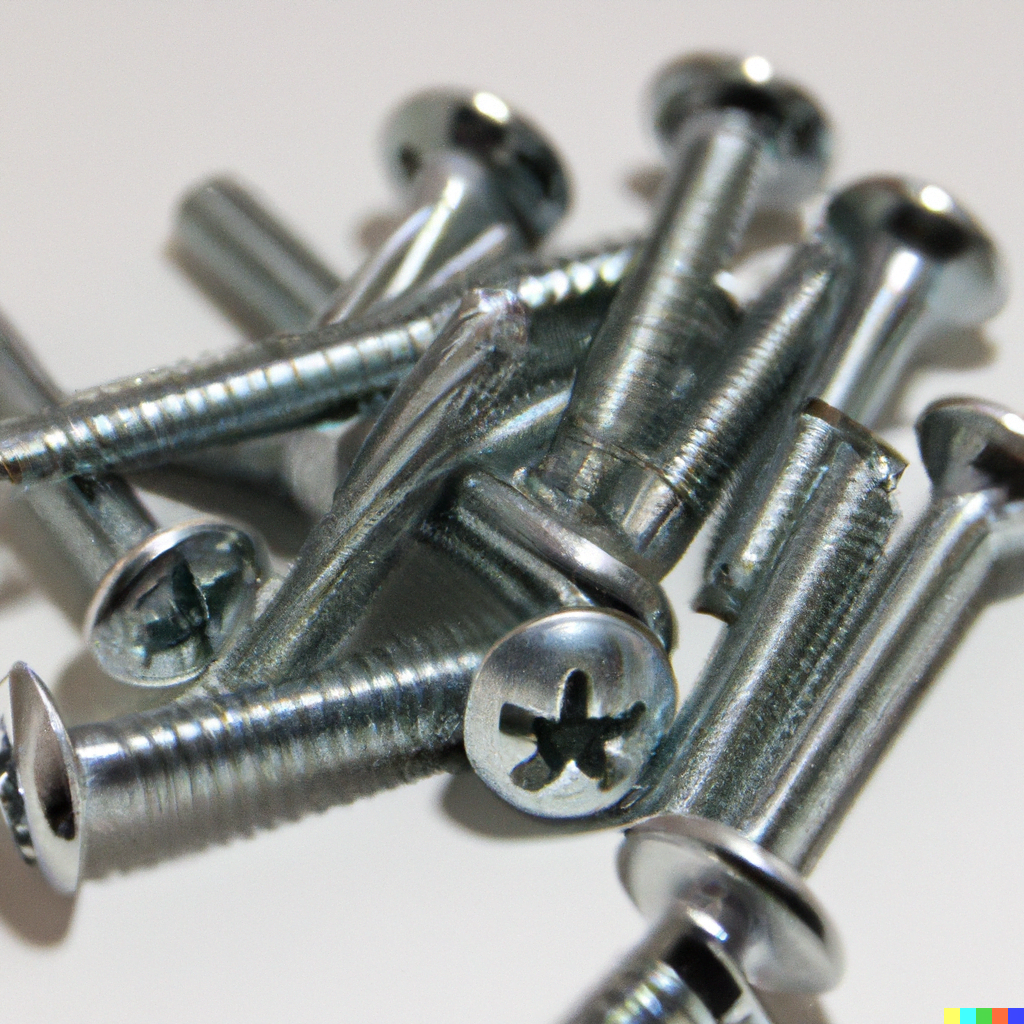
Hex head screws have a six-sided head that is designed to be used with a wrench or pliers. They are commonly used in construction and automotive applications.
Button Head Screws
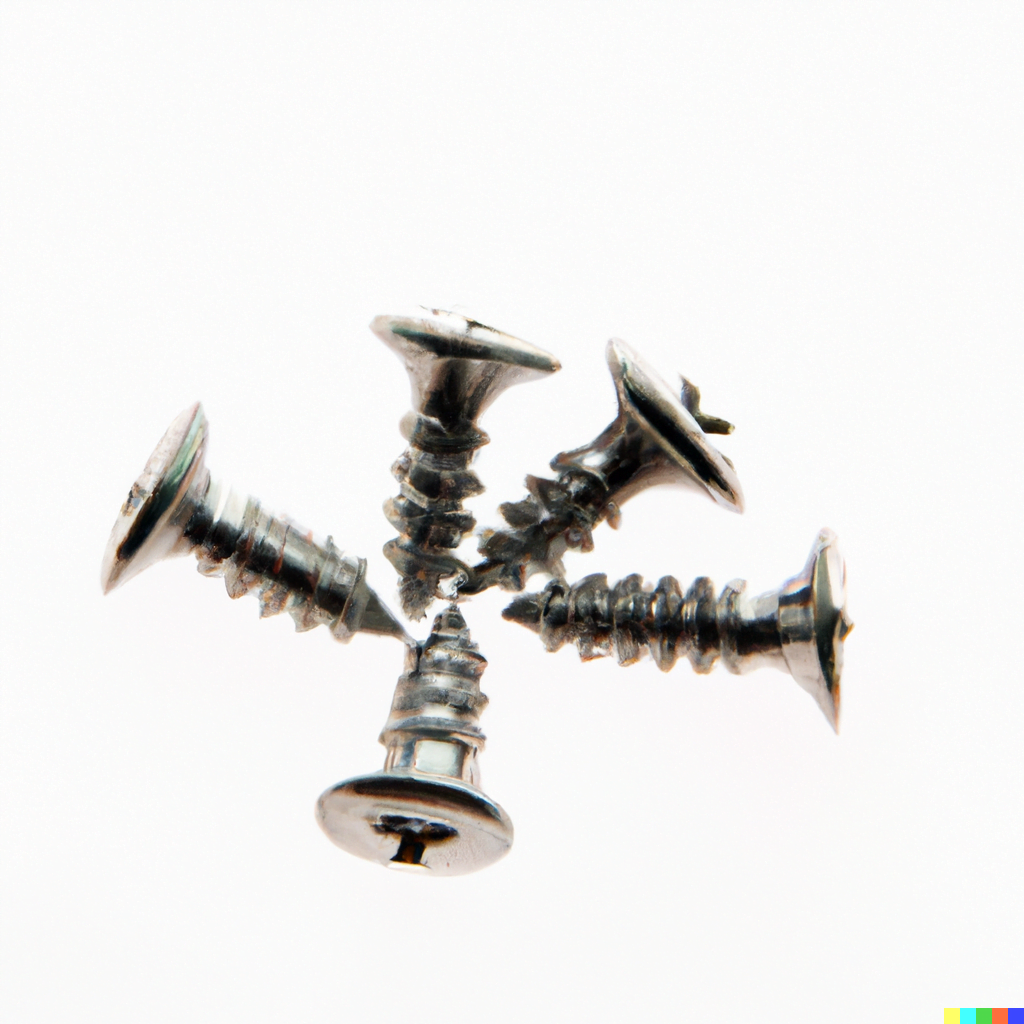
Button head screws have a low profile and a rounded top that is often used in applications where a decorative finish is required. They are commonly used in electronics and other applications where space is limited.
Socket Head Screws
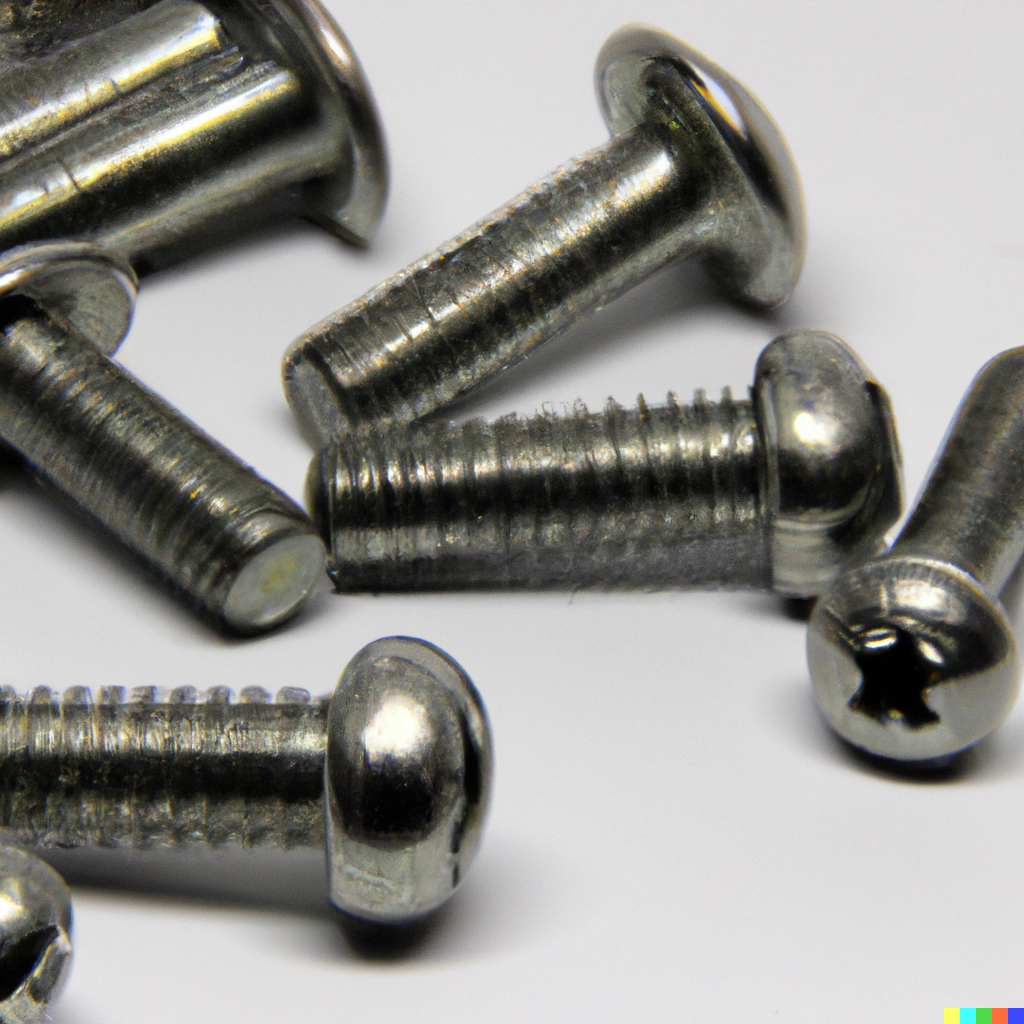
Socket head screws have a cylindrical head with a recessed hexagonal socket. They are commonly used in machine assembly and other applications where a high degree of precision is required.
One Way Screws
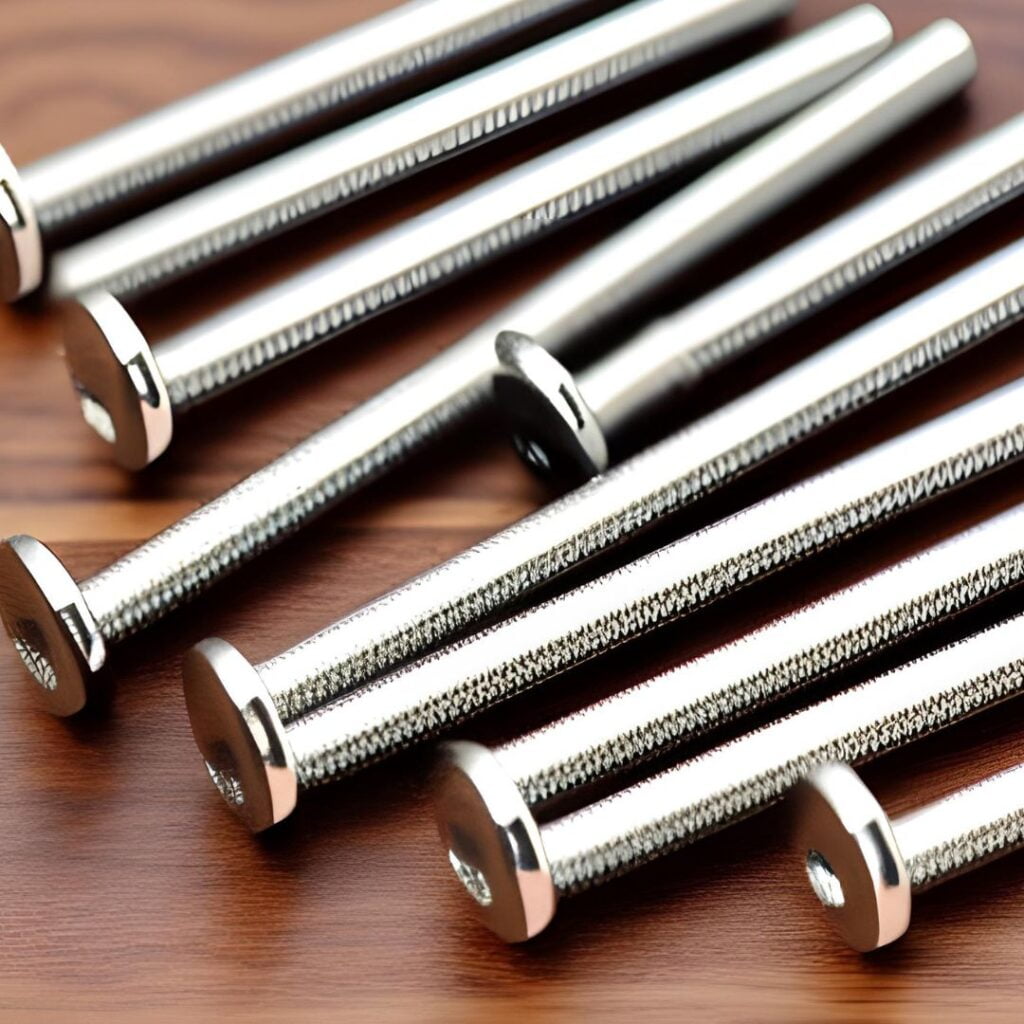
One way screws are designed to be used in applications where tampering is a concern. They have a unique head that can only be tightened, not loosened, making them ideal for security applications.
In conclusion, understanding the different types of screw heads available is essential for selecting the right screw for your project. Each screw head type has its own unique features and advantages, and choosing the right one can make a big difference in the outcome of your project. Whether you need a Phillips head screw for general use, a truss head screw for added clamping force, or a socket head screw for precision assembly, there is a screw head type that will meet your needs. By considering the features of each type, you can select the right screw head for your project and ensure a successful outcome.
Screw Head Types FAQs
1. What Is the Most Common Type of Screw Head?
The most common type of screw head is the Phillips head, which has a cross-shaped indentation that requires a Phillips screwdriver.
2. Can You Use a Flat Head Screw in Place of a Round Head Screw?
It depends on the application. Flat head screws are designed to be used when a flush finish is desired, while round head screws are often used for decorative purposes. Using a flat head screw in place of a round head screw may compromise the appearance of the project.
3. What Is the Advantage of Using a Truss Head Screw?
The advantage of using a truss head screw is that it provides a larger bearing surface, which makes it ideal for applications where a high degree of clamping force is required.
4. Where Is a Socket Head Screw Commonly Used?
Socket head screws are commonly used in machine assembly and other applications where a high degree of precision is required.
5. Can One Way Screws Be Removed Once They Are Installed?
No, one way screws are designed to be tightened but not loosened, making them ideal for security applications where tampering is a concern.
Screw head types can be confusing, but choosing the right one is crucial for the success of your project. From flat head screws to socket head screws and everything in between, each screw head type has its advantages and disadvantages. By understanding the differences between them, you can choose the right screw head type for your application and ensure a successful outcome.
Disclaimer: This article is intended for informational purposes only and does not constitute professional advice. Always consult with a licensed contractor or construction professional for your specific needs.
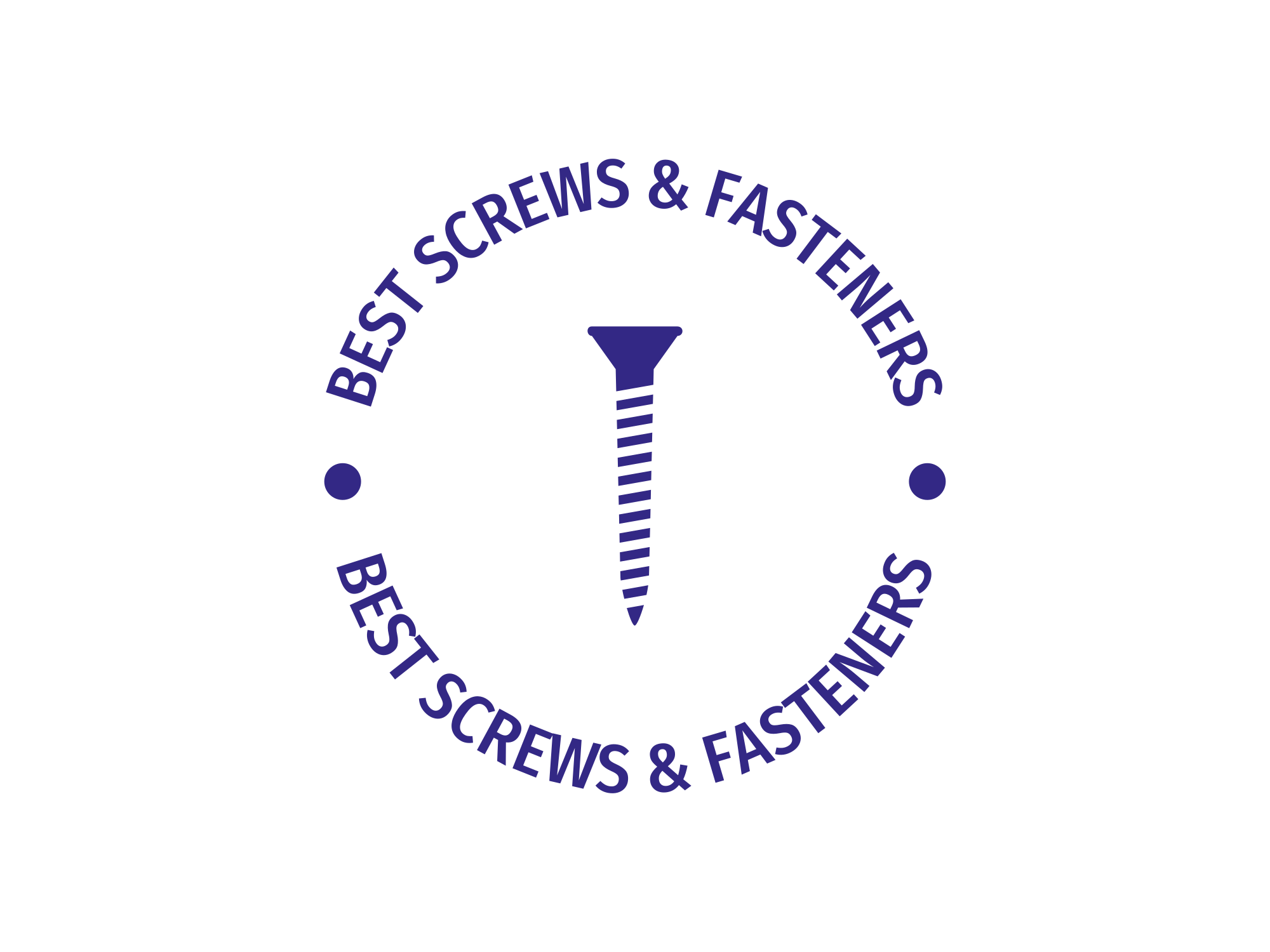
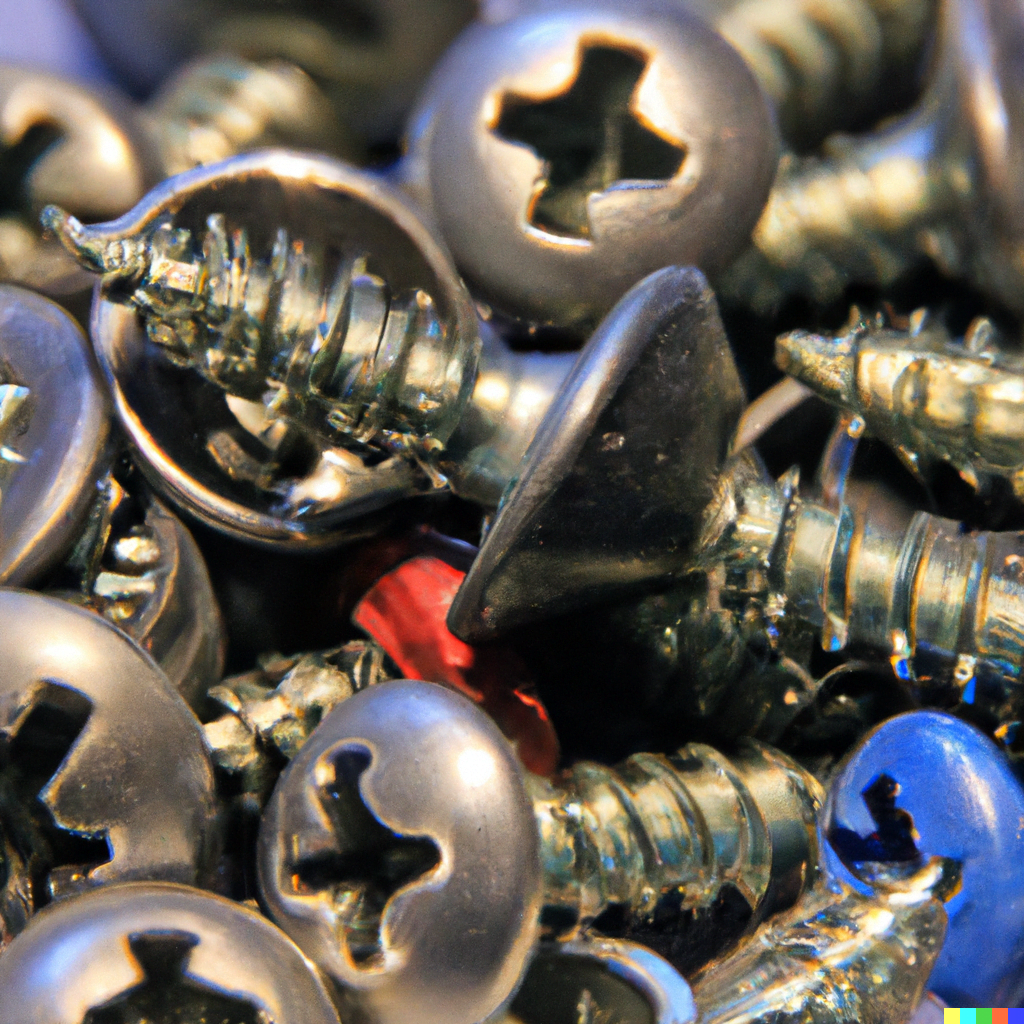
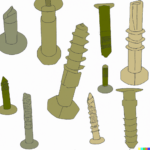
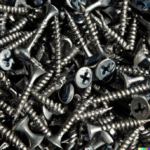
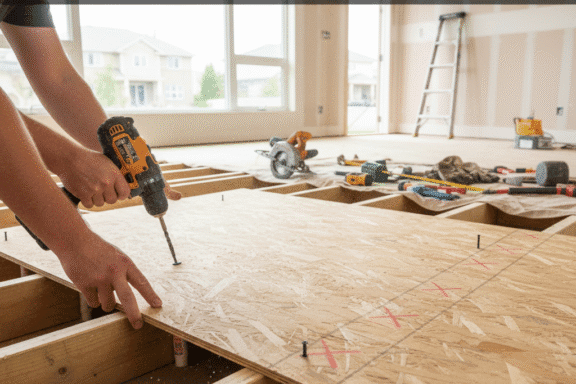
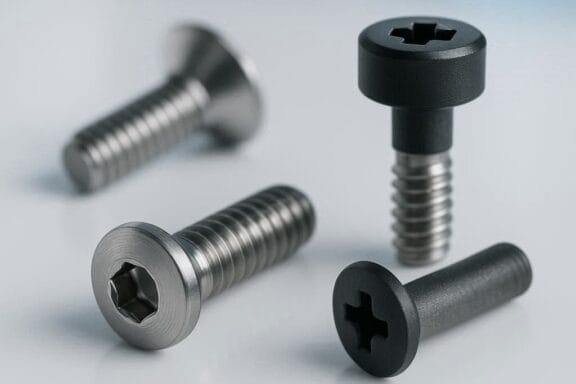
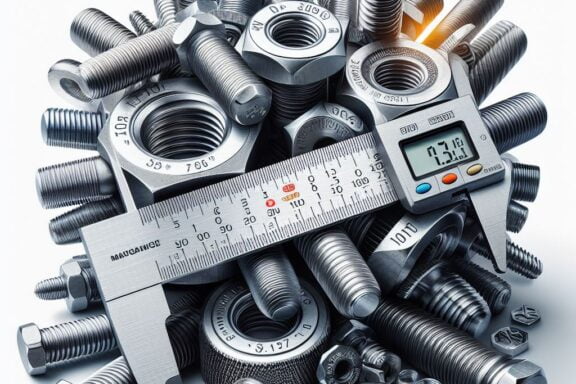
No Comments